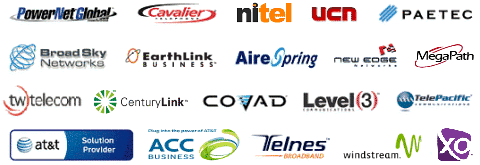The Case for Cloud Computing
In the environment of enterprise software applications, the available implementations have typically been very involved and expensive. They necessitate a corporation in San Jacinto to spend heavily on capital expenditure to build an in-house data center with office space, temperature controls, electrical power, dedicated computers, storage disks, and network capacity. In addition to all this pricey computing equipment is the need for a complicated software stack for the application. After the software has been implemented, you will also need a team of specialists to install, manage, and run the software. But this was before the development of cloud computing.
A straightforward example of cloud computing is email provided without software set up from providers such as Microsoft's Hotmail or Google's Gmail. One doesn't need to set up any software or buy a centralized server to be able to use them. All a business needs is simply an internet link so the clients can start issuing emails. The server and email administration software is entirely on the cloud and is totally managed by the cloud service provider such as Microsoft, Yahoo, or Google. The user will get the use of the software and experience the benefits.
Cloud computing is so competent and cost-competitive that a well revered financial research newsletter has just dubbed it the "$59 computer." Of course there is not in fact an actual piece of hardware called the $59 computer -- it is merely a general term to make reference to the basic concept of cloud computing being so inexpensive that using it can lower your company's processing costs to the level where your overall costs would be equivalent to paying only $59 per computer end user.
One important fact that many IT departments neglect or underestimate is the T1 Line Bandwidth demands for carrying out cloud computing. In a recent case study, the chief information director of a insurance firm said he had to boost the company's network capacity by over 500 percent when they moved to another vendor's cloud computing solution. This is not a rule of thumb for everyone, but it's a good example of what one company had to do. If you are preparing to migrate to a cloud computing strategy, do yourself a big favor by initially talking about your bandwidth needs with an independent T1 line consultant who can give you all your available alternatives such as 10 Gig Ethernet service.
We are experts in TX T-1. This page is a quick summary of the products specifically offered by T1Market in San Jacinto.
Going forward, our objective is to constantly enhance our product offerings. We now deliver enterprise products usually utilized by bigger companies, specifically: fiber ethernet, MPLS network service, OC3, and cloud computing bandwidth delivered over a fiber optic backbone. Many of our service providers even provide free managed Cisco routers for multi-year agreements. Mainly, our goal is to create a bond with you - our client - that will definitely last for years to come. Earning your trust is just what we do here. Conserving you money on affordable broadband services is exactly how we keep it.


